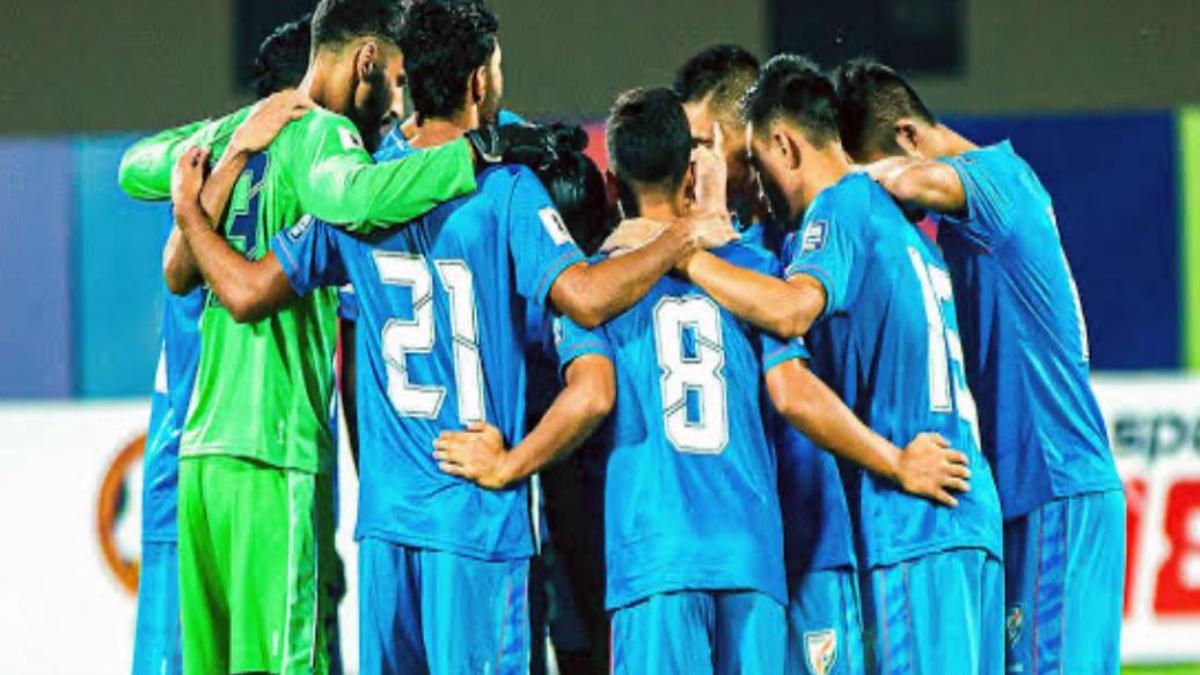(Football News) Beginning with India, facing an Australian team ranked 25th globally – a team that posed a formidable challenge to Leo Messi at the 2022 World Cup and troubled England with their physically imposing set piece routines – presents a formidable task for the Indian squad. Adding to the challenge, the Blue Tigers find themselves without four press-resistant players who formed a sturdy spine for the team, a situation unprecedented in decades. What was anticipated to be a showcase of India’s progress in football over the past year is now reduced to a survival test at Ahmed bin Ali Stadium in Al Rayyan on Saturday as both teams kick off their Asian Cup 2023 campaign.
The lead-up to this tournament has been notably challenging for India. Coach Igor Stimac, who sought more time with the team, was granted a mere 12 days. While this timeframe might be acceptable for Japan, the real challenge lies in the time Stimac needs to reshape his players, considering the limitations of the domestic structure.
Compounding the time constraints, a series of injuries to key players further exacerbated India’s predicament. Central defender Anwar Ali, a crucial defensive presence bridging the gap between the defensive and offensive lines, sustained a long-term knee injury. Jeakson Singh, a precise passer enhancing India’s possession capabilities, is also sidelined due to injury. Additionally, Sahal Abdul Samad, an industrious attacking midfielder known for applying defensive pressure in the final third, was included in the squad but is visibly unfit to play.
This trio represented a new dimension in India’s playing style, and their absence is keenly felt. Stimac expressed the impact of these losses, stating, “We have lost a good part of our quality with four key players. Sahal is not ready yet for the game, but we are doing everything to bring him back. Not having Ashique (Kuruniyan), Anwar (Ali), and Jeakson is quite hard for us because we could’ve been a very different side with them on the pitch.”
The challenges continue with the group the country finds itself in. Labeling it as possibly the worst scenario, the group includes Australia, ranked only behind Japan and South Korea in Asia, and Uzbekistan, a squad that has suffered losses only to Japan across U17 to U23 age group tournaments. India’s realistic hope for points appears to be against Syria, a team that recently drew with Malaysia – a team that had defeated India in the Merdeka Cup at the Bukit Jalil Stadium.
However, the immediate concern is the version of India that will face Australia. Stimac faces a decision between adopting pragmatism to curb the flow of goals and keep India in contention for a crucial clash against Uzbekistan or adhering to the attractive brand of football developed across the three preceding tournaments, built on improved fitness levels.
Against Australia, there may be a blend of both approaches. Stimac explained, “We have been working on our mindset through meditation. Mindset change was the key element in our approach when I started my work with Indian football. To switch from a defensive mindset to attacking football, it’s not easy.” Despite the commitment to their style of play, Stimac acknowledged that stopping the Australians, particularly dealing with their set pieces and crosses, poses a significant challenge for India.
Given that India has the fourth lowest average height among the 24 teams at the Asian Cup, with an average height of 177.35cm, facing the fifth tallest team in the tournament, Australia, with an average height of 182.38cm, makes set pieces a potential vulnerability.
Stimac emphasized the need to avoid conceding set-pieces and highlighted the pragmatic style of Australia, managed by Graham Arnold, as a potential threat. With so many challenges against India, the positive takeaway from the Asian Cup remains the valuable experience gained. Competing against perennial quarter-finalists at the Asian level provides a measure of India’s standing in the Asian football hierarchy.
Additionally, the tournament serves as a preparation ground for the World Cup qualifiers, where India has a chance to make it into the third round for the first time in history. While the matches against Australia and Uzbekistan may expose flaws in India’s domestic structure, the players stand to gain crucial experience for upcoming World Cup qualifiers against Afghanistan and a pivotal home clash against Kuwait.
Also Read: Steve Smith reveals why wil he be opening the innings in 2024







